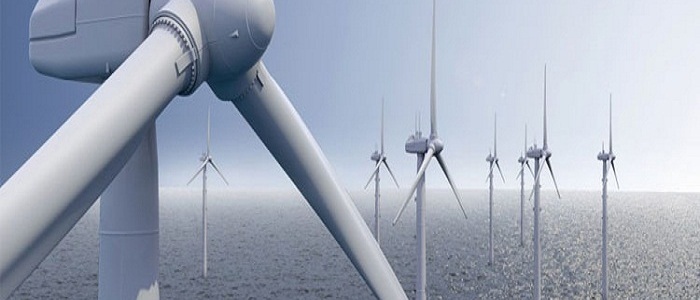During K 2016, an annual materials conference in Europe, a research team from the Fraunhofer Institute for Chemical Technology (ICT) showed progress on its Wind Blade Using Cost‐Effective Advanced Composite Lightweight Design (WALiD) project. The project incorporates thermoplastic composites and foams to reduce the weight of the rotor blades for offshore wind turbines and increase their service life. At the show, the researchers displayed their first demonstrator: a miniature wind turbine made from the new foams and composites. “In the WALiD project, we’re pursuing a completely new blade design. We’re switching the material class and using thermoplastics in rotor blades for the first time. These are [materials] that we can process efficiently in automated production facilities,” says Florian Rapp, the project coordinator at Fraunhofer ICT. The goal is to separate the glass and carbon fibers and to reuse the thermoplastic matrix material for other blades. For the outer shell of the rotor blade, as well as parts of the inner supporting structure, the project partners use sandwich materials made from thermoplastic foams and FRP. According to the researchers, carbon-fiber-reinforced thermoplastics (CFRT) are used for the areas of the rotor blade that bear the greatest load, while glass fibers reinforce the less stressed areas. For the sandwich core, Rapp and his team are developing thermoplastic foams that are bonded with cover layers made of CFRT in sandwich design. Rapp says this combination improves the mechanical strength, efficiency, durability and longevity of the rotor blade. “We’re breaking new ground with our thermoplastic foams,” he says. Rapp says the new thermoplastic foams and composites can also be processed quickly and save material for automotive and aviation applications.
